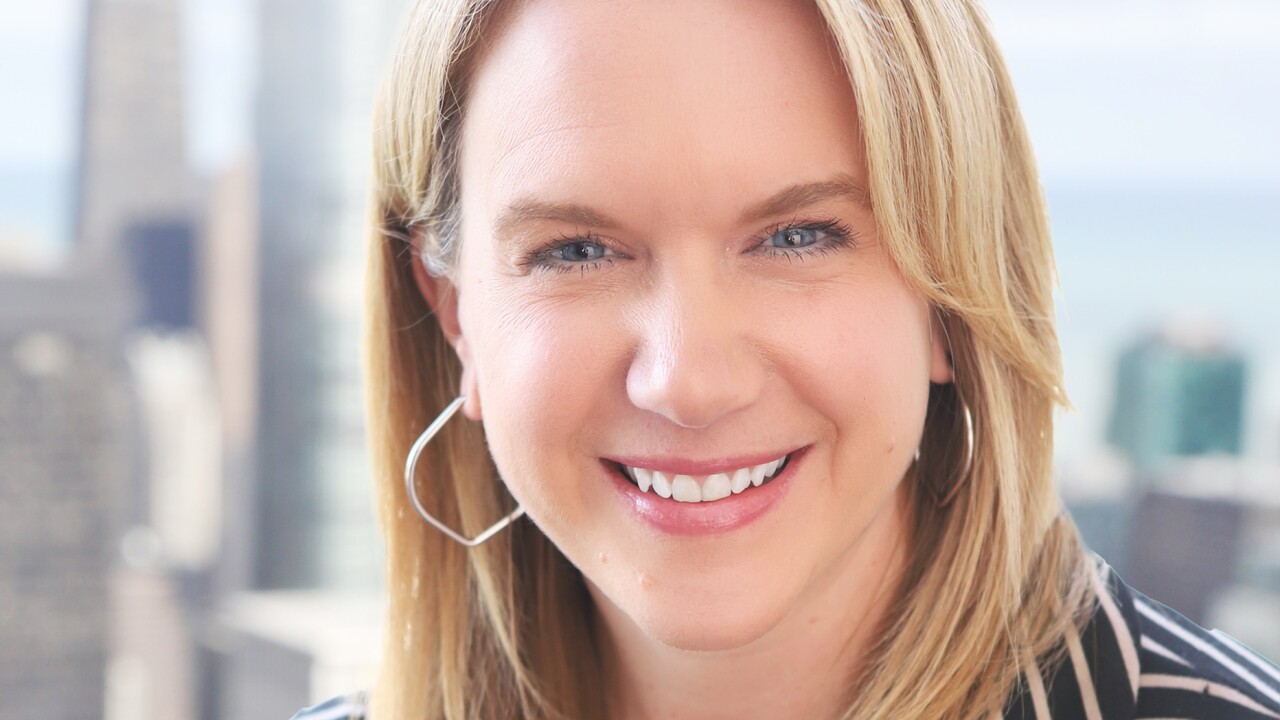Like most people, credit union members must tackle difficult financial issues such as paying off debt, saving more money and budgeting better. And – also like most of us – many of them will fail to follow through on these financial goals.
Behavioral science explains this as the Intention-Action Gap. Traditionally, financial service providers have tried to influence better money behavior simply by providing more information to convince people that this is something they ought to do.

This natural inclination makes sense because we see the same approach in other domains: calorie information to encourage healthy eating choices, negative effects of smoking to discourage a purchase or the long-term impacts of climate change to promote recycling.
We assume that if we just tell people what’s bad and what’s good, that will change behavior. But research shows it isn’t enough. In fact, financial education only accounts for
This is because most people are not constantly weighing costs and benefits or accurately accounting for probabilities. They rely on cognitive short-cuts. Over and over again, this leads to people taking the easy path versus the right one.
Behavioral scientists seek to close this Intention-Action Gap by making product and service tweaks that encourage people to naturally make better choices. These are designed as easy-to-implement changes that can have dramatic effect on financial decision-making.
Here are three of the most common consumer behavioral biases and how Common Cents Lab’s work with credit unions and fintechs has helped consumers overcome them using behavioral science.
1. Opportunity cost neglect
Because money can be spent on anything, it’s hard to think about trade-offs. For example, a single dollar can represent a portion of a good or service, such as a new computer; part of an experience, such as a vacation; or progress towards a future goal, such as attending college or retiring.
However, because the number of things we can do with that dollar is infinite, our brain simplifies things by ignoring the associated trade-offs. So while we should think about whether spending $9 on a latte and bagel is a better use of money than saving it for retirement, humans are not wired to think that way.
With Latino Community Credit Union (LCCU), Common Cents attempted to emphasize these trade-offs to show what members would be giving up tomorrow by failing to save today. Our hope was to encourage borrowers to round up their loan payments and pay off debt sooner. By first transparently defaulting members into a larger, rounded payment, and then clearly highlighting the amount of savings they could accumulate – and therefore what they would be giving up by declining to save – we helped LCCU increase round-up rates from 26% to 38%.
2. Present bias
People are naturally more motivated by their immediate wants than their future needs. This can impair someone’s ability to save for long-term goals like college or retirement, or even medium-term needs like a newer car,
We partnered with Digit, a fintech aiming to increase savings by automatically withdrawing small amounts from users’ checking accounts, to test whether pre-committing to saving could counter present bias. Our hope was to make a user’s future-self save for their future needs rather than allow their immediate-self to spend.
To do this, we asked one group of Digit users to commit to saving a certain percentage of their tax refund before receiving it, and asked another group how much of their refund they wanted to save after Digit detected it was deposited in their accounts.
Ultimately, our experiment nearly doubled savings rates from 17% to 27%, among those who decided to save something. This low-cost intervention helped thousands of people save part of their tax refund, totaling over $1 million in savings.
3. Social proof
We rely on social signals to help us understand what behaviors we think are best. Unfortunately, there are very few signals for positive financial behavior. Most actually promote extreme spending and consumption. Think television commercials, friends’ Instagram feeds, or the new sneakers on your neighbor’s feet.
In most cases, individuals have an inflated sense of what others spend and thereby justify their own spending increases.
With Arizona Federal Credit Union, we tested whether telling people that others spend less in comparison to them decreased their overall food expenses. For those that gained an accurate picture of their peer group’s spending and committed to spending less, they actually spent $2 less (on average) on eating out each day for the following two weeks.
While this might seem like a small amount each day, it has the potential of accumulating to $700 per year. And if extrapolated out to other types of spending and longer windows, it could produce even more savings.
So as credit union teams and leaders seek to not only help their members meet financial goals but become more critical parts of their financial lives, behavioral science can play a valuable role. First, deconstruct your member’s motivations and the behavioral roadblocks that lie in their path. Then, design products that intuitively circumvent these tendencies to effectively to produce better financial outcomes.





